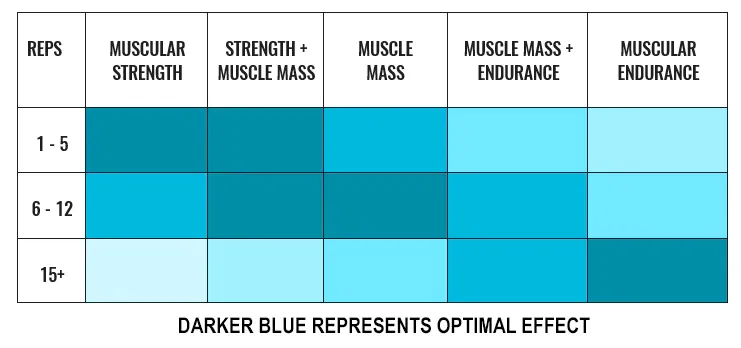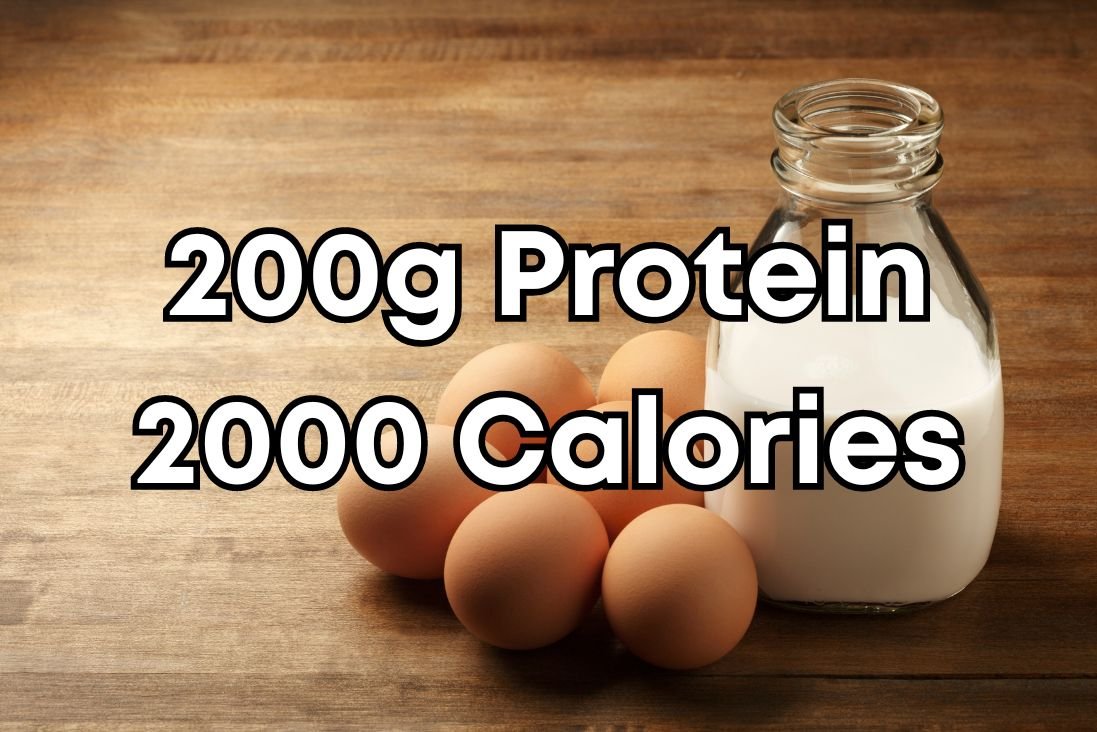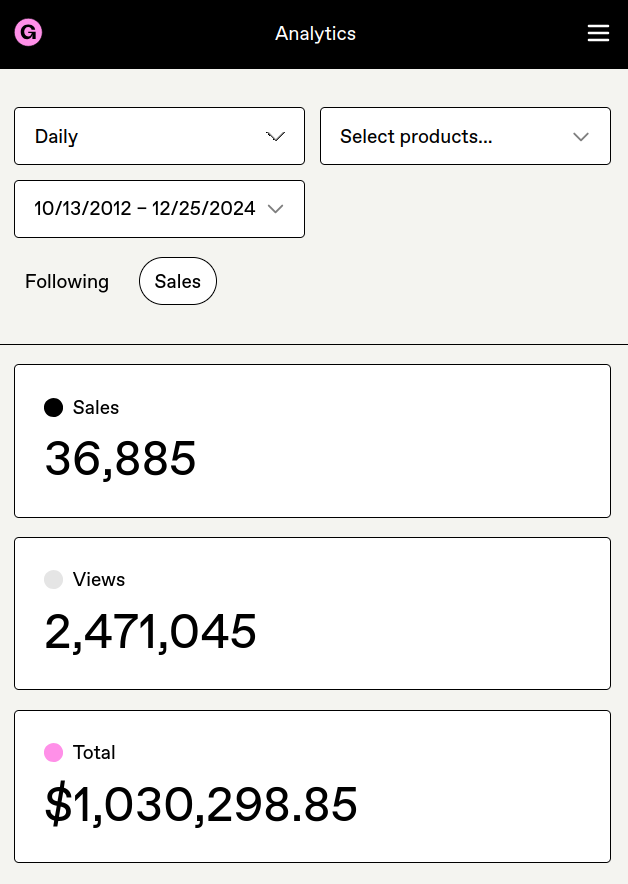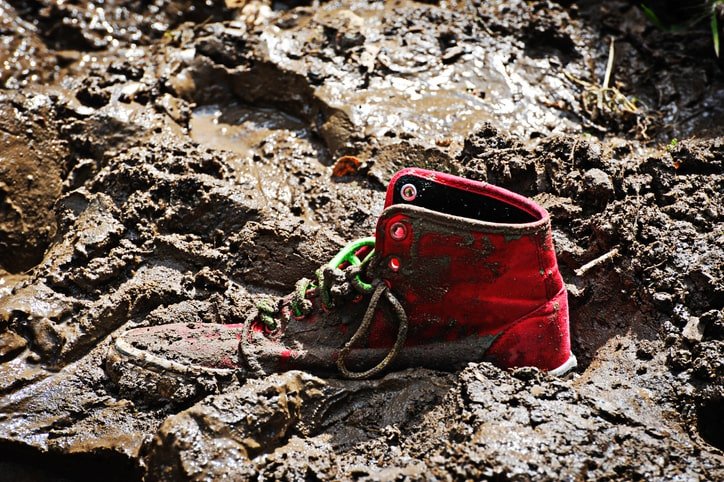In the previous part of this series, I talked about protein speed (fast and slow protein). In this piece, let’s talk about splitting your protein into multiple meals.
Note: This piece seems complicated on the face of it but it’s not. I’ve made it as easy to read as possible. You will be far better off reading it in full than if you skipped to the conclusions.
Let’s get the retarded shit out first: “You only absorb 30g protein per meal and the rest is wasted.”
A lie repeated often enough does not physiologically become true.
You’ve probably heard this at some point in your life if you go to the gym. If you eat anything more than 30g protein per meal, it gets “wasted”.
Depending on the level of ignorance of the person saying it, “wasted” would either mean undigested and being pooped out, or it would mean getting oxidized in the liver.
There is a very annoying myth among the ignorant masses that you can only use 30g protein from each meal. The people who perpetuate it are not just plain wrong, but also really annoying and obnoxious.
It’s not just that these guys don’t know what they’re talking about, but they’re also shoving this bad information down everyone’s throat even when they can learn that it’s false in about 20 seconds of research.
If you actually believe this to be true, I have a question for you:
Why are guys eating 200g protein in one or two meals a day able to build quite a bit of muscle while guys only eating 30-60g protein in their entire day not even getting close to their genetic potential?
Somehow they have no answer.
Why were the old school bodybuilders splitting protein intake across the day?
First of all, it was simply a matter of practicality. Lifters have such large protein and energy needs that it becomes very difficult to get all the protein, carbs, and fats in with just one meal.
If you are a lean 80kg lifter, you’re probably eating about 200g protein per day. Eating it all in one meal is neither pleasurable nor practical. The amount of calories and protein needed necessitates eating many meals.
Secondly, it seems to make logical sense. Splitting your protein would mean that your body receives amino acids across the day which would seem to mean that you would be anabolic and building muscle for longer than if you had fewer meals.
Some bodybuilders took it to the extreme and would wake up in the middle of the night to get an extra meal so they are anabolic throughout the night.
It seems to make logical sense. But does logic have anything to do with physiology?
Let’s see what the current state of research actually says.
The Old Research Part 1 (2013 Study)
The scientific basis for splitting your protein across the day comes from a very influential 2013 study.
It had 24 guys do 4 sets of leg extension (10 reps at 80% of their 1 rep max) and were then given 80g protein over the next 8 hours.
They were divided into 3 groups with different protein intake protocols:
- PULSE: 8 shakes of 10g whey protein isolate every 1.5 hours.
- INT (intermediate): 4 shakes of 20g whey protein isolate every 3 hours
- BOLUS: 2 shakes of 40g whey protein isolate every 6 hours.
They found that all 3 ingestion protocols had increased Muscle Protein Synthesis (MPS) above rest across the 12 hour period, but the intermediate (INT) group showed the greatest increase of the 3 groups.

Recall from the previous articles in this series that the body is not static and muscle is continuously being built and broken down. This is why there is some MPS even at rest (as can be seen in chart A above).
Note: MPS is the process by which new muscle proteins are generated from amino acids inside muscle cells. Myofibrillar Fractional Synthetic Rate (FSR) is a specific measurement of the synthesis rate of myofibrillar proteins, which are the main contractile proteins (actin, myosin) responsible for muscle contraction and strength. All myofibrillar protein synthesis is muscle protein synthesis, but not all muscle protein synthesis is myofibrillar.
The main takeaways people got from this study are:
- Splitting your protein is better than having it all at once (INT scores better than BOLUS)
- There is an upper limit to the benefit of splitting your protein and if you split it too much, you get negative results (INT scores better than PULSE)
- There is an upper limit to the protein amount per meal being used for MPS. The rest is either not being used for building muscle (i.e. used elsewhere) or being oxidized for fuel. (BOLUS performing worse than both INT and PULSE).
The Old Research Part 2 (2014 Study)
In 2014, there was another study done along similar lines and they were trying to figure out what the upper limit was.
Here 48 guys were given a high protein breakfast (~45g protein). 3 hours later, they were made to do leg presses and leg extensions.
Then they were divided into 4 groups and given different amounts of whey protein isolate immediately (~10 min) after exercise. The groups got 0, 10, 20, or 40g whey protein isolate each.
The main findings are quoted:
However, no difference in myofibrillar MPS was observed between 20- and 40-g doses of whey protein…
In conclusion, the postabsorptive response of myofibrillar MPS in ∼80-kg resistance-trained, young men are dose-dependent on ingested protein, rising to an upper limit with 20 g whey protein. The ingestion of a dose of whey protein >20 g results in a diminished return in terms of stimulating myofibrillar MPS and, instead, stimulates amino acid oxidation and ureagenesis.
This study concluded that for men around 80kg the upper limit is somewhere around 20g protein and if you eat more than that, the protein just gets oxidized (used for fuel) by the body. 40g whey protein isolate built no extra muscle than 20g whey protein isolate.
The understanding could be graphed as something like this:

There are a few problems with these studies (why they can’t be taken at face value)
Problem 1: They only used whey protein isolate which is a very fast protein (protein speeds are discussed in the previous article in this series). Most protein sources eaten in realistic scenarios are much slower than whey protein.
Would it still make a difference to split protein into different meals if you ate slower protein (as you would in realistic situations because no one eats only whey protein across the day, and even whey slows down quite a bit when eaten with other foods)?
Problem 2: They had these guys do only 1-2 exercises. No one actually trains like this. Most guys train more muscles with more exercises each time they train.
It seems logical that more protein can be used to build muscle when more muscle mass is trained. It’s also obvious that someone training in a subpar way will not be building as much muscle and won’t need as much protein as someone training hard. Does the upper limit still hold when you train realistically?
Problem 3: MPS is only measured up to 4 hours after exercise.
We know that muscle is being built for much longer than just for 4 hours of exercise. What about the period after? Do the lower growth groups catch up over time? Is there still a significant difference after 12-24 hours in total muscle growth?
The Old Research Part 3 (2016 Study)
The second problem that I pointed out above was actually a very major limitation because the guys in these previous studies were doing very subpar training. Only 1-2 exercises targeting 1 muscle group.
So no proper results could be drawn for realistic scenarios where guys train a lot more muscle groups with a lot more exercises.
Another research was conducted in 2016 that aimed to fix this flaw.
In this study, they had guys perform a full body workout in a way more realistic to how most people train:
Resistance exercise on the following machines in the following order; chest press, latissimus pull‐down, leg curl, leg press, and leg extension. Leg exercises were performed for both legs unilaterally, that is, one leg at a time. Participants worked at 75% of their 1 RM at a cadence of 1 sec concentric – 2 sec eccentric contraction. Each participant was instructed to complete three sets of 10 repetitions with a final fourth set to volitional failure, to ensure that each participant was working at the same relative intensity.
They divided the subjects into 2 groups:
- Lower Lean Body Mass (LLBM) with LBM (≤65 kg)
- Higher Lean Body Mass (HLBM) with LBM (≥70 kg)
And both of these groups were then subdivided into two groups, with one getting 20g protein and the other getting 40g protein after their full body workout.
In this study, the 40g protein group got better results than the 20g protein group.
From the paper:

In summary, our data show for the first time that ingestion of 40 g whey protein results in greater stimulation of MPS than 20 g whey protein following whole‐body resistance exercise in healthy, young males. Thus, our data show for the first time that 20 g of protein does not stimulate a maximal response of MPS in young, trained men.
The main takeaways are:
- The biggest factor that lets you build more muscle is good training. You cannot just eat more protein and gain more muscle without a good training program.
- More protein is helpful when your training is good. Guys with 40g protein got more MPS with good training while subpar training led to MPS being capped at 20g protein.
- There is still an upper limit (the incremental gain in MPS is not linear), but that limit is not 20g protein as the previous study concluded. It is higher than that.
Summarizing the takeaways and problems with the old research
The main takeaways:
- Good training significantly impacts how much MPS you can achieve. Eating more protein on subpar training programs just leads to more oxidization of the protein for fuel. You cannot force feed muscle growth. (from the 2016 study)
- There is some benefit to splitting your protein over time, although doing it too much produces negative results (from the 2013 study).
- There is some upper limit to MPS from protein intake after training, but it’s higher than 20g (2014 and 2016 study).
The main flaws:
- These studies only use whey protein isolate, a very fast digesting protein. In the real world, the protein you eat most of the time is much slower and releases amino acids in the blood many hours after ingestion.
- MPS is only measured up to 4 hours after exercise. No information about what happens later (say up to 12 hours).
The New Research (2023 Study)
In 2023, a very thorough and comprehensive study was conducted that fixed the flaws from the previous study.
The study is very complicated and the quality of the study is very high. The findings changed our understanding of physiology. It was measuring a whole bunch of stuff so I’ll keep it limited to what is relevant to our discussion.
- This study used milk protein. Milk protein is 20% whey and 80% casein. The digestion rate is thus slower and this is more representative of protein digestion in the real world (because you’re eating whole foods most of the time, and whey protein is often eaten with other foods slowing down its digestion).
- The subjects were doing a full body workout.
- MPS was measured over 12 hours.
Recall from the previous articles in this series that amino acids in the bloodstream are all identical. A molecule of leucine from chicken is exactly the same as a molecule of leucine from soy is exactly the same as a molecule of leucine from breakdown of muscle tissue. Also recall that the body is not static and muscle is continuously being built and broken down.
This is why this study uses stable isotopes to mark the amino acids being given via food so they can track where it’s going and where it ends up.
Subjects were divided into 3 groups with different protein intake protocols following a full body workout:
- 25PRO: Given 25g milk protein
- 100PRO: Given 100g milk protein
- 0PRO: Given a placebo (0g protein)
Here is what we learned:
The 25g protein group saw their amino acid levels spike but then return close to baseline in about 4 hours. It was still slightly elevated for the next 2 hours.
The 100g protein group had their amino acid levels elevated for the entire period of 12 hours. They stopped measuring at this point but presumably it would stay elevated for a few more hours.

The 25g protein group saw elevated MPS for about 4-5 hours.
The 100g protein group had elevated MPS for the entire period of 12 hours. They stopped measuring at this point but presumably it would stay elevated for a few more hours.

There was surprisingly little “wastage” of the protein by oxidation. The 100g protein group didn’t see most of their proteins being burned off for fuel (like the guys in the 2013 study did).
The difference seems to be coming from the fact that these guys had a much better exercise protocol (the 2013 study was based on just 4 sets of leg extensions) and they are using slower digesting protein.

In total, the study summarizes the results of protein metabolism.
Net balance = Synthesis – Breakdown – Oxidation
The higher protein group provides the highest net balance, with only slightly higher losses to protein oxidation.

The new research significantly changes our understanding of the subject. The paper presents a nice info-graphic that describes the change:

The takeaways from this study are:
- If you only eat a small amount of protein (25g), it keeps you anabolic for a few hours. So you would have to eat more frequently to maximize anabolism.
- If you eat a large amount of protein (100g), it keeps you anabolic for much longer (12+ hours in this study). So you can eat less frequently if you’re eating big meals.
- This is happening because when you eat more protein in 1 meal, it takes longer to digest.
- The protein is being used in MPS and not getting “wasted” in the presence of a proper resistance training program. There is very little increase in oxidation with the much higher protein group.
Again it is important to remember that this study uses milk protein (which has digestion rates much closer to whole foods). The results are far more relevant to the real world than the older studies that use whey protein isolate (which digests very fast).
The Conclusions
Conclusion #1: The benefits of splitting your protein across your day are massively overstated.
The importance of eating 5-6 meals per day is MASSIVELY overstated. (Unless you’re only eating whey protein isolate of course.)
You can eat 2 or 3 larger meals and cover your protein intake and get pretty much the same hypertrophy results. The food just takes longer to digest and keeps you anabolic for more hours.
The idea that no matter how much you eat, it all gets digested in 3-4 hours (thus necessitating more meals) is false. Smaller meals are digested faster than bigger meals.
Conclusion #2: It is far more important to get enough protein in than to worry about timing your protein correctly.
You are not wasting your protein to oxidation by eating bigger meals (assuming your training program is good). The difference between oxidation for a few big meals and many small meals is very small.
Of course for a professional bodybuilder, that extra 1% can be the difference between winning and losing so it makes sense for them to care about eating 6 meals a day and waking up at night to get a meal.
For the rest of us it makes no real difference whether you eat a few large meals or many small meals.
As long as the total daily protein intake is there, you will get almost the same results with both systems.
Conclusion #3: It is far more important to follow a good training program than to worry about timing your protein perfectly.
You know what actually gets your protein wasted? Not training properly.
The biggest factor that determines whether your protein intake goes to “waste” (oxidized for fuel) is whether or not you’re properly stimulating your muscles to grow.
In the first two studies, they had guys only do 1-2 exercises and only trained the quads. The first study did 4 sets of leg extensions and the second did leg extensions and the leg press. They saw protein oxidation beyond 20g protein per meal.
On the other hand, the later studies had better training (more exercises and more muscle groups being trained) and they did not see protein oxidation even at higher protein doses.
Basically, if your training sucks, you get much less hypertrophy and the extra protein gets burned off. If your training is great, you see more hypertrophy and much less “wastage”.
My Recommendations on Protein Frequency
First of all, I will say that one protein meal a day is probably subpar. Because even with the new research, it likely doesn’t scale linearly.
What I mean by this is that if 25g protein takes 4-6 hours to digest, and 100g protein takes at least 12 hours to digest, does this mean 200g protein takes 24 hours to digest? Maybe but it seems unlikely.
If you eat 400g protein, would it take 48 hours or longer to digest? Probably not.
We already know from other research that guys who eat a lot of calories (bigger athletes), their digestive system adapts and absorbs nutrition faster. They don’t poop out their calories.
There are various ways in which the gut adapts like increasing absorptive surface area, producing more digestive enzymes, adjusting gut mobility, increasing transporter expression, but all of that is well beyond the scope of this series.
The point is that I’m willing to bet there’s some sort of logarithmic curve here. Which means 1 meal a day is subpar and some splitting of protein is warranted.
If you eat all your protein in 1 meal a day, it probably won’t take as many as 24 hours to digest. It’s likely that you’re going to have many fasted hours in the day. Which is not ideal as far as building muscle is concerned.
Two protein meals a day seem fine if you’re eating slow protein. If you need to eat 200g protein, you could eat 2 meals of 100g protein each that will supply you with amino acids for the full 24 hours.
The disadvantage is obvious – it has to be slow protein. You can’t have one meal with just whey protein alone because it will be digested fairly quickly and then you will end up with many hours where you were not anabolic.
The other disadvantage is that unless you’re eating large quantities of meat, it can be very difficult to get in all your protein in just 2 meals a day.
That brings me to my recommendation:
The practical recommendation: Three protein meals a day or anything above is fine.
Three protein meals a day or more seems like the sweet spot for just about everyone.
If you’re a smaller woman with lesser protein needs or someone who just prefers bigger meals, you can eat most of your protein with two whole food meals every day (say brunch and dinner) and get some whey protein in after your training.
If you’re a larger man with higher protein needs or someone who just prefers smaller meals, then you split your protein across the day.
Both methods produce the same results. It’s just about what you prefer/enjoy and what works for your lifestyle.
There is no need to stress about eating 6 meals a day. You will not lose gains. There is no need to wake up at night to get a protein shake. There is no need to stress about drinking your whey protein immediately after training. You will NOT lose gains.
The research shows that these things make no difference.
To avoid confusion, I want to highlight that these are my recommendations for protein intake, not your overall diet. There is more to diet than just protein.
For example, there is value in having a meal with carbs before your workout to provide energy to train harder and spike insulin. But I will cover all of that when we get to the carbs section of this series.
In the next two pieces, I’m going to talk about milk and soy protein specifically and see if they are as good as the vegans and vegetarians claim or if they are as bad as many carnivores make them out to be.
– Harsh Strongman
| Title |
|---|




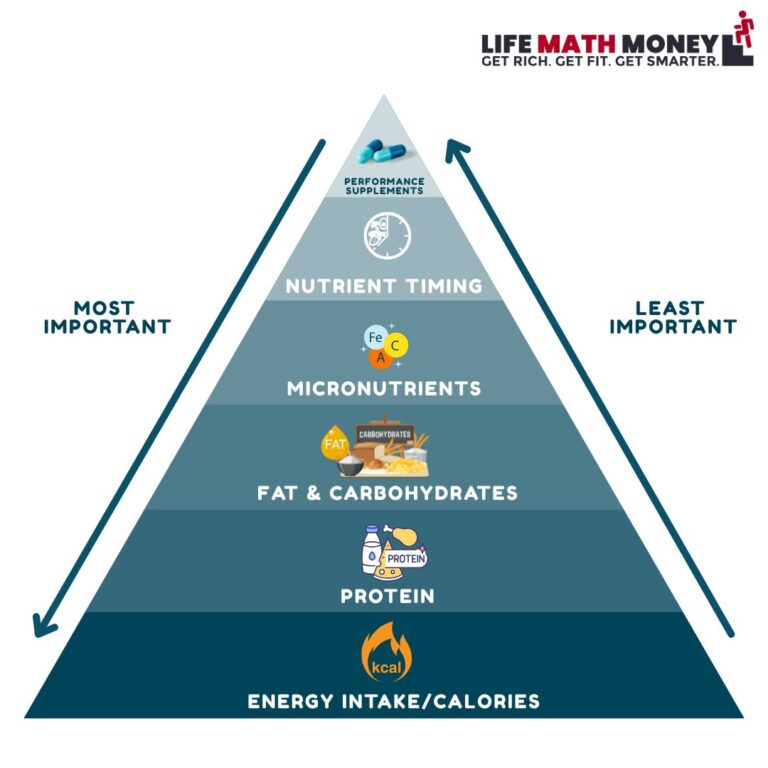





![Traits Women Find Attractive Traits Women Find Attractive (And How to Score Yourself) [PART 1: Physical Aspects]](https://lifemathmoney.b-cdn.net/wp-content/uploads/2025/11/Traits-Women-Find-Attractive-1.jpg)












